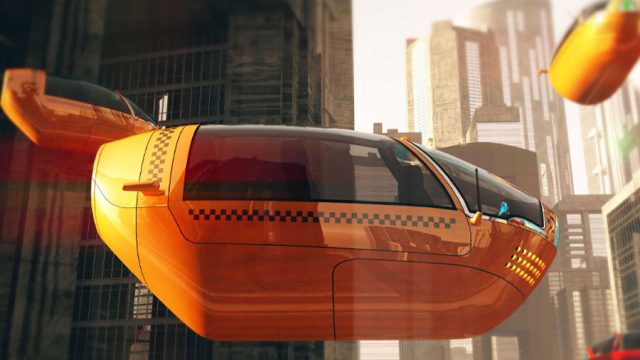Jan 26, 2022 – Cezmi ASLAN

Could flying taxis be one of the transportation routes of the future? Few people do not develop a fantasy universe of flying taxis as children. Flying taxis that pick us up from our high-rise buildings and take us wherever we want without the hassle of traffic are about to go beyond being a childhood dream. VTOL (Vertical Takeoff and Landing) Aircraft is one of the key tools in making this childhood dream come true. Today, many international organizations allocate significant resources to VTOL. However, it is not enough to have the best VTOL to use it efficiently. A suitable ecosystem is essential for flying taxis to come to life. The dominant element in this ecosystem is a sustainable Vertiport network.
The world’s largest commercial organizations are now investing in the future of flying taxis. Hyundai assumes that the air mobility market will reach 1.5 trillion dollars in the next 20 years, and it has invested 1.5 billion dollars in the construction of a VTOL Aircraft and its necessary infrastructure for the next 5 years. Uber has announced that it plans to launch air taxi services in Los Angeles in 2023. In addition, international authorities such as NASA, FAA, ICAO, and EASA have started working to determine the standards for vertiports and other infrastructure elements.
For the investments of international institutions to be successful, Urban Air Mobility (UAM) must be adopted by ordinary people. For this reason, it is necessary to prove that VTOLs are safe and to regulate air traffic management according to the new transportation model. In addition, the charging infrastructure, maintenance, and passenger processing technology infrastructures of the vertiports to be used for landing and take-off should be sufficient. In short, public adoption of the new transport model as having a safe, cost-effective, and sustainable infrastructure is the cornerstone of the road to success. Otherwise, the construction of a flying taxi would be nothing more than a scientific fantasy.
The arrival of flying taxis in our lives means more than fulfilling our childhood dreams. Thanks to the vertiport constructions required by the increasing development of Vertical Takeoff and Landing (VTOL) Aircraft, a green transportation model that provides fewer carbon emissions can be developed. Due to this new transportation model, air mobility can be increased in the transportation of a small number of people within the city and between regions. In addition, rapid response logistics needed in emergencies can be developed. Finally, thanks to vertiports, sectoral progress can be achieved in places that were previously thought to be inaccessible for the aviation industry. Thus, the aviation sector’s access to small and rural markets can be increased.




